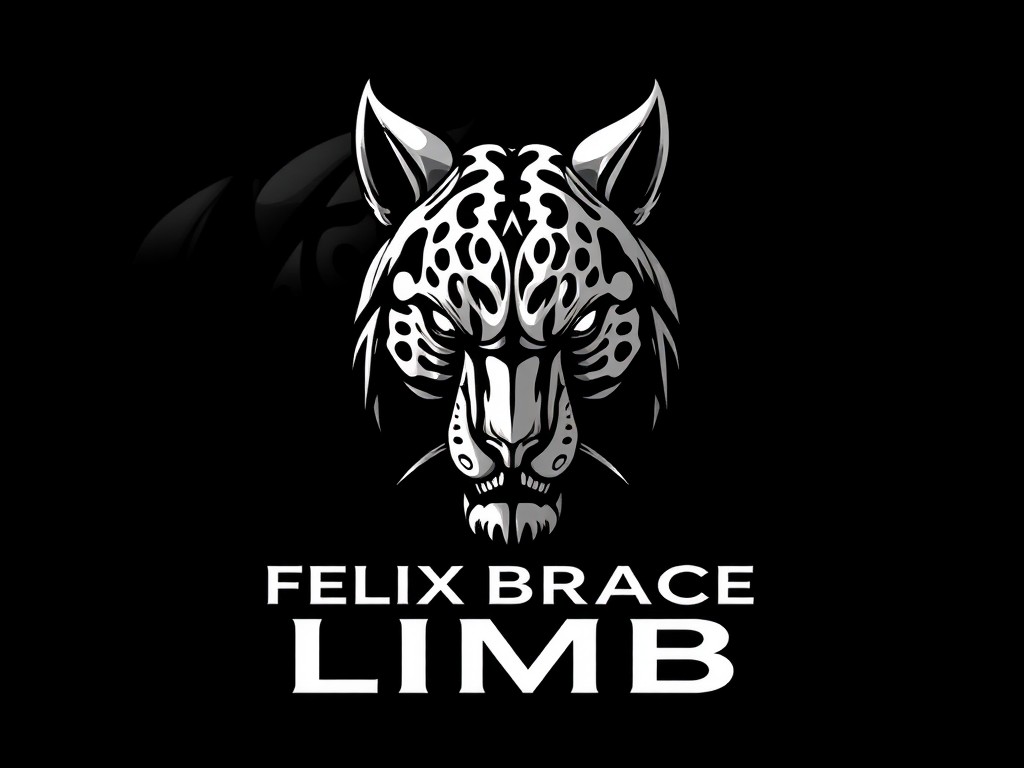Early-stage glaucoma detection remains a challenge for many ophthalmologists. Recent advancements in imaging technologies are transforming how UK specialists assess this eye condition. Innovative methods such as optical coherence tomography and adaptive optics provide new insights into the optic nerve and retinal changes. By harnessing these tools, practitioners can improve diagnosis accuracy, enabling timely intervention and better patient outcomes. This exploration highlights how these cutting-edge techniques are shaping the future of glaucoma care.
Overview of Glaucoma and Its Impact
Glaucoma is a group of eye conditions that damage the optic nerve, often due to abnormally high pressure in the eye. This damage can lead to vision loss and, if untreated, blindness. There are several types of glaucoma, with open-angle glaucoma and angle-closure glaucoma being the most common. Open-angle glaucoma progresses slowly and is often asymptomatic until significant vision loss occurs, making early detection crucial.
Also read : Optimizing Dental Implant Design: Strategies for UK Prosthodontists to Boost Osseointegration Success
Statistics indicate that glaucoma is a leading cause of irreversible blindness worldwide, affecting millions of people. It is estimated that over 76 million individuals live with glaucoma globally, with numbers expected to rise. The prevalence underscores the need for awareness and proactive management.
The importance of early detection cannot be overstated. Identifying glaucoma in its nascent stages allows for timely intervention, which can significantly slow the progression of the disease and preserve vision. Regular eye examinations are vital, especially for individuals over 40 or those with a family history of the condition. By prioritising early detection, we can mitigate the impact of glaucoma and maintain quality of life for those affected.
Also read : Revolutionary Approaches: How UK Podiatrists Are Transforming Achilles Tendinitis Treatment
Advanced Imaging Techniques in Glaucoma Diagnosis
In the realm of glaucoma diagnosis, advanced imaging techniques play a crucial role in detecting and monitoring the disease. Among these, Optical Coherence Tomography (OCT) has become a cornerstone technology. OCT provides high-resolution cross-sectional images of the retina, allowing for detailed assessment of the optic nerve and retinal nerve fibre layer. This precision aids in identifying early signs of damage, often before significant vision loss occurs.
Additionally, other imaging techniques such as Scanning Laser Polarimetry and Confocal Scanning Laser Ophthalmoscopy are employed. These methods offer different perspectives and data, complementing OCT findings to provide a comprehensive view of the eye's health.
Emerging technologies are constantly reshaping the landscape of glaucoma diagnosis. Innovations like Swept-Source OCT and Adaptive Optics are pushing the boundaries of imaging capabilities. These advancements promise improved accuracy and earlier detection, potentially transforming patient outcomes. By integrating these cutting-edge tools, healthcare professionals can enhance diagnostic precision and tailor treatment plans more effectively.
In summary, the evolution of imaging techniques in glaucoma diagnosis continues to offer hope for better management and preservation of vision in affected individuals.
Case Studies and Clinical Trials
The exploration of clinical trials and case studies in glaucoma diagnosis offers valuable insights into the efficacy of advanced imaging techniques. Recent clinical trials have highlighted the transformative impact of technologies like Optical Coherence Tomography (OCT) in early detection and management. These trials demonstrate how OCT can detect subtle changes in the optic nerve and retinal layers, often before traditional methods can.
Case studies further underscore the benefits of these imaging techniques. For instance, patients diagnosed early through OCT have shown better management outcomes compared to those diagnosed through conventional methods. These studies reveal that early intervention, facilitated by precise imaging, significantly slows disease progression.
Comparative analyses between advanced imaging and traditional diagnostic methods consistently show superior outcomes with the former. Traditional approaches often miss early signs of damage, while imaging techniques provide a detailed view, enabling timely interventions. This has been crucial in preventing severe vision loss in many cases.
By examining clinical trials and case studies, healthcare professionals can appreciate the substantial advantages of integrating advanced imaging into routine glaucoma care. This not only enhances diagnostic accuracy but also improves patient quality of life through early and effective treatment strategies.
Expert Opinions from UK Ophthalmologists
In the realm of glaucoma diagnosis, insights from leading UK ophthalmologists shed light on the transformative impact of advanced imaging techniques. These experts emphasise the effectiveness of technologies like Optical Coherence Tomography (OCT) in revolutionising early detection and management strategies. According to their opinions, OCT provides unparalleled precision in monitoring optic nerve health, allowing clinicians to identify subtle changes that might otherwise go unnoticed.
UK ophthalmologists advocate for the integration of these imaging techniques into routine practice. They highlight the importance of adopting a multifaceted approach, combining OCT with other modalities such as Scanning Laser Polarimetry, to achieve a comprehensive assessment of the eye's condition. This synergy enhances diagnostic accuracy, ensuring that interventions are timely and tailored to individual patient needs.
Recommendations from these experts include:
- Regular training for healthcare professionals to stay abreast of technological advancements.
- Investment in state-of-the-art equipment to facilitate widespread access to cutting-edge diagnostics.
- Encouraging collaborative research to further refine these technologies and improve patient outcomes.
By heeding the expert opinions of UK ophthalmologists, healthcare providers can enhance their practice, ultimately leading to better management and preservation of vision for those affected by glaucoma.
Comparative Analysis of Traditional vs. Innovative Methods
The traditional methods for diagnosing glaucoma primarily involve measuring intraocular pressure and examining the optic nerve through dilated eye exams. While these techniques have been foundational, they often miss early signs of glaucoma, as pressure levels can fluctuate and optic nerve damage might not be immediately apparent.
In contrast, innovative methods such as Optical Coherence Tomography (OCT) provide detailed imaging of the retinal layers, offering a more precise and earlier diagnosis. These advanced imaging techniques allow clinicians to detect subtle changes in the optic nerve and retinal nerve fibre layer, which are crucial for early intervention.
Despite their advantages, these innovative methods come with challenges. The high cost of equipment and the need for specialised training can limit accessibility. Furthermore, interpreting the vast amount of data generated by these technologies requires expertise and experience, which may not be readily available in all clinical settings.
In summary, while innovative methods significantly enhance diagnostic accuracy and early detection, they must be balanced with considerations of cost, accessibility, and the need for specialised training. By addressing these challenges, the integration of cutting-edge technologies into routine practice can be optimised for better patient outcomes.
Implications for Patient Outcomes
Understanding the impact of early diagnosis on patient outcomes is crucial in glaucoma management. Detecting the condition early significantly expands treatment options, allowing for interventions that can slow or even halt the progression of the disease. This proactive approach not only preserves vision but also enhances the quality of life for patients.
The long-term implications for patients diagnosed with glaucoma are profound. Early intervention can prevent severe vision loss, enabling individuals to maintain their independence and daily activities. Regular monitoring and timely treatment adjustments can further optimise outcomes, ensuring that patients remain informed and engaged in their care plans.
Patient education plays a pivotal role in improving outcomes. By raising awareness about new technologies and their benefits, patients can make informed decisions about their eye health. Understanding the advantages of advanced imaging techniques empowers patients to advocate for comprehensive assessments and personalised treatment strategies.
Incorporating these insights into patient care fosters a collaborative environment where individuals are active participants in managing their condition. This not only improves adherence to treatment plans but also bolsters confidence in the healthcare system's ability to support their needs effectively.
Future Trends in Glaucoma Imaging
The landscape of glaucoma imaging is poised for transformative changes with emerging future trends. Predictions suggest significant advancements in imaging techniques, enhancing both precision and accessibility. One promising development is the integration of artificial intelligence (AI) in glaucoma diagnosis. AI algorithms can analyse imaging data with exceptional accuracy, identifying patterns and changes that may elude human observation. This capability not only improves diagnostic precision but also facilitates earlier intervention, potentially halting disease progression.
Another trend reshaping glaucoma imaging is the expanding role of telemedicine. Telemedicine platforms allow patients to undergo imaging remotely, increasing access to essential diagnostic services. This is particularly beneficial for individuals in remote or underserved areas, where access to specialised care is limited. By leveraging telemedicine, healthcare providers can offer timely evaluations and consultations, ensuring that patients receive the necessary care without geographical constraints.
In summary, the future of glaucoma imaging is bright, with advancements in AI and telemedicine promising to revolutionise diagnosis and management. These future trends hold the potential to improve patient outcomes significantly, making early detection and intervention more accessible and effective than ever before.
Conclusion and Call to Action
The significance of innovative imaging in managing glaucoma cannot be overstated. Advanced techniques like Optical Coherence Tomography (OCT) and emerging technologies provide unparalleled insights, crucial for early detection and effective management. These innovations are pivotal in preserving vision and enhancing patient outcomes.
For those seeking to deepen their understanding of glaucoma, numerous patient resources are available. Educational materials, support groups, and online forums can offer valuable information and community support. Engaging with these resources empowers individuals to make informed decisions about their eye health and treatment options.
Regular eye examinations are essential in the fight against glaucoma. Early detection is key to preventing significant vision loss. Individuals, especially those over 40 or with a family history of glaucoma, should prioritise routine check-ups. By staying proactive and informed, patients can collaborate effectively with healthcare providers to tailor their care plans.
In conclusion, fostering glaucoma awareness and utilising available resources can significantly impact patient outcomes. Encouraging regular consultations and embracing technological advancements ensures that individuals are equipped to manage their eye health effectively. By taking these steps, we can work towards a future where glaucoma's impact is minimised.
















